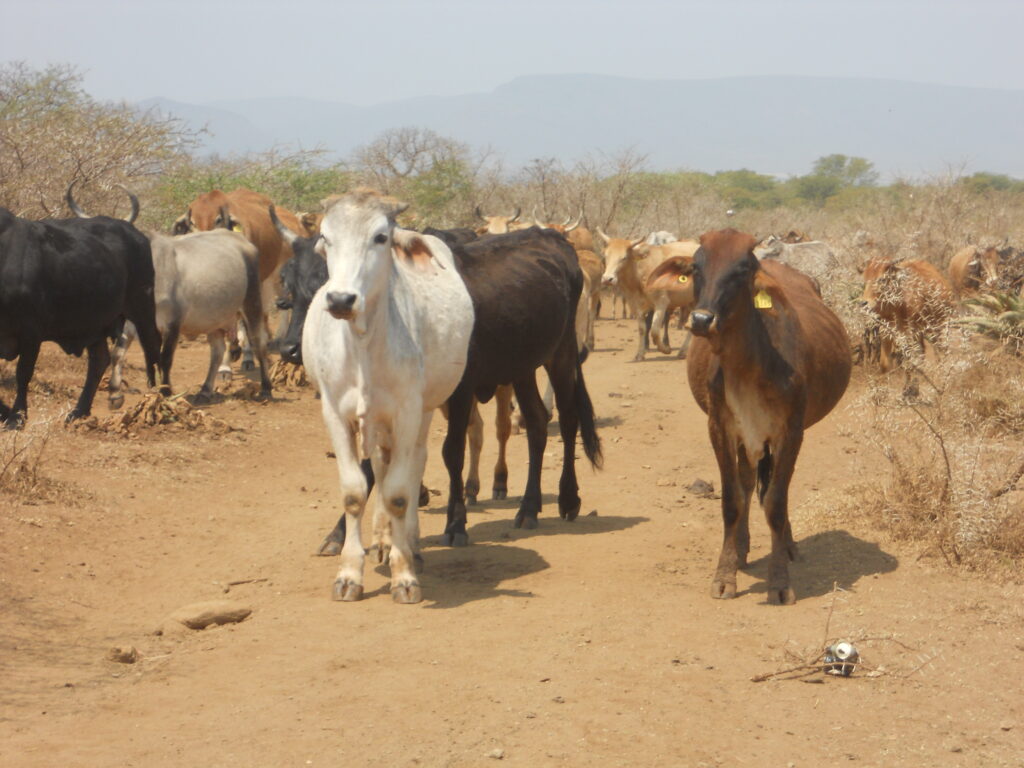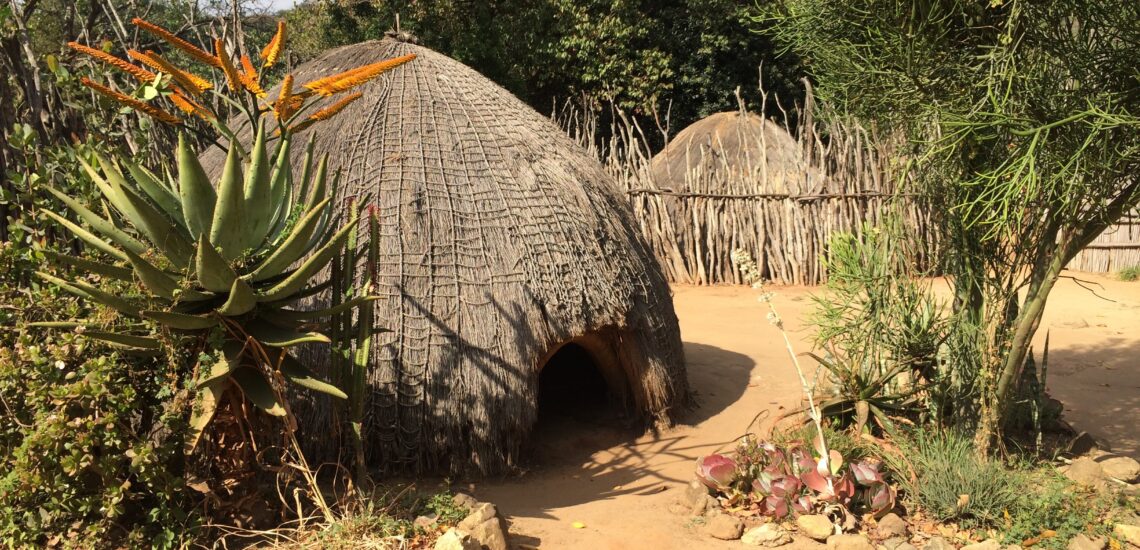Quick facts About Eswatini:
- Population: Approximately 1.2 million people.
- Capital: Mbabane (administrative) and Lobamba (legislative and royal).
- Largest City: Manzini.
- Official Languages: SiSwati and English.
- Currency: Swazi Lilangeni (SZL), which is pegged to the South African Rand (ZAR).
- Government: Absolute monarchy.
- Major Religion: Christianity (predominantly Protestant), with indigenous beliefs also practiced.
- Geography: Located in southern Africa, bordered by South Africa to the west, south, and north, and Mozambique to the east. The country features diverse landscapes, including mountains, savannas, and river valleys.
Fact 1: Eswatini is the last absolute monarchy in Africa
Eswatini, formerly known as Swaziland, is the last absolute monarchy in Africa. The country’s political system is characterized by the king’s extensive powers over the government and society. King Mswati III, who has been in power since 1986, holds both executive and legislative authority, and there is no formal separation between the monarchy and state institutions.
This absolute monarchy system means that the king has significant control over political decisions, legislation, and the judiciary, with limited political opposition or democratic structures. Eswatini’s continued adherence to this form of governance makes it unique among African nations, where most have transitioned to various forms of democratic or semi-democratic systems.

Fact 2: For such a small country, there’s a lot of biodiversity here
Eswatini, despite its small size of around 17,364 square kilometers (6,704 square miles), is notable for its impressive biodiversity. The country is home to over 100 mammal species, including significant populations of elephants and rhinos. Its birdlife is equally rich, with more than 400 species recorded, making it an important site for birdwatching.
The diverse landscapes of Eswatini, ranging from the lush Highveld to the savannah Lowveld, contribute to its ecological richness. The country has established several protected areas, including the Hlane Royal National Park and the Mlawula Nature Reserve, which play crucial roles in conserving this biodiversity. The variety of ecosystems within such a small area underscores Eswatini’s significance as a biodiversity hotspot.
Maintaining diversity is also helped by strict laws that allow game ranger to kill poachers they catch on the spot.
Fact 3: King Mswati III has 13 wives and more are likely to follow
King Mswati III of Eswatini has been known for his large number of wives. He has 13 wives, a number that reflects the traditional practice of polygamy within the country’s royal family. This practice is deeply rooted in the cultural and historical traditions of the Swazi people.
King Mswati III’s marriages are often linked to various social and political roles, including alliances with different families and communities within Eswatini. It is also not uncommon for additional marriages to occur, as the tradition allows the king to take more wives over time. This practice continues to be a significant aspect of the king’s role and status within Eswatini’s cultural framework.

Fact 4: The previous king of Eswatini, was the longest-serving monarch in African history
King Sobhuza II, who ruled Eswatini from 1899 to 1982, holds the record as the longest-serving monarch in African history. His reign spanned over 82 years, a remarkable period during which he guided the kingdom through significant political and social changes.
Sobhuza II was notable not only for his lengthy rule but also for his extensive polygamous marriages. He had 125 wives, a practice that was deeply rooted in Swazi culture and tradition. Each marriage was often used to strengthen political alliances and consolidate power. This extensive network of marriages helped maintain stability and reinforce his authority throughout his reign.
His reign witnessed substantial shifts, including the transition from British colonial rule to independence in 1968. Despite these changes, Sobhuza II remained a central figure in Eswatini’s traditional governance and cultural practices. His long-lasting influence is still felt in the country today, reflecting his significant role in shaping Eswatini’s historical and cultural legacy.
Fact 5: Tens of thousands of women participate in the Umhlanga festival every year
The Umhlanga festival, also known as the Reed Dance, is a significant annual event in Eswatini that attracts tens of thousands of participants. This traditional festival, typically held in August or September, celebrates the cultural heritage of the Swazi people and is a vital event for the community.
During the festival, thousands of young Swazi women, known as “maidens,” participate in the Reed Dance. The participants, often numbering in the tens of thousands, gather to cut reeds from the riverbanks and present them to the Queen Mother. The festival is a vibrant display of Swazi culture, featuring traditional music, dance, and elaborate dress.

Fact 6: Eswatini has large numbers of white and black rhinos
Eswatini is home to significant populations of both white and black rhinos, making it an important location for rhino conservation in Southern Africa. The country’s conservation efforts have been particularly focused on protecting these endangered species, which are crucial for biodiversity and ecological balance.
The white rhino population in Eswatini is notable for its size, with efforts to maintain and expand these numbers through various conservation programs. The black rhino, which is more critically endangered, also finds a sanctuary in Eswatini’s protected areas.
Note: If you are planning to travel independently in the country, check if you need an International Driving Permit in Eswatini to drive a car.
Fact 7: Eswatini is probably the oldest iron ore mine in the world
Eswatini is believed to be home to one of the oldest iron ore mines in the world. The ancient iron ore mine at Ngwenya, located in the western part of the country near the border with South Africa, dates back to at least 43,000 years ago. This site provides evidence of early human technological and industrial activity.
The Ngwenya mine is significant for its early use of iron smelting techniques, which were developed long before similar practices were widespread in other parts of the world. Archaeological findings at the site include ancient iron ore extraction and smelting methods, as well as evidence of extensive mining operations.

Fact 8: The HIV/AIDS situation in Eswatini is catastrophic
Approximately 27% of adults aged 15 to 49 are living with HIV, which is among the highest rates globally. This high prevalence has resulted in significant public health challenges and has a profound impact on the country’s social and economic fabric.
Eswatini’s HIV epidemic has led to widespread health issues, including high rates of AIDS-related illnesses and deaths. The crisis is exacerbated by factors such as limited access to healthcare services, socioeconomic conditions, and stigma associated with the disease.
Fact 9: In Eswatini, the bride’s family receives payment from the groom’s family
In Eswatini, traditional marriage customs include a practice known as “lobola” or “bride price” This involves the groom’s family paying a sum of money or providing goods to the bride’s family as part of the marriage arrangement. The lobola serves multiple purposes: it is a way to honor the bride’s family for raising her and to formalize the union between the two families.
The amount and form of lobola can vary depending on factors such as the social status of the families and the specifics of the marriage agreement. This practice is deeply rooted in Swazi culture and tradition, reflecting the importance of family connections and the value placed on marriage within the community.

Fact 10: The feathers of the luri bird are a sign of royalty
In Eswatini, the feathers of the luri bird, also known as the “louri” or “lori” bird, are indeed a symbol of royalty and high status. The luri bird is native to the region and its feathers are used in traditional regalia and ceremonial attire.
The use of luri bird feathers in royal and ceremonial contexts signifies the wearer’s elevated status and connection to the monarchy. This tradition reflects the broader cultural practices in Eswatini, where symbols of power and prestige are deeply embedded in the nation’s customs and ceremonial practices. The feathers are often incorporated into elaborate headdresses and other traditional garments worn by members of the royal family and during significant cultural events. Other people are strictly forbidden to wear feathers.

Published September 15, 2024 • 7m to read





